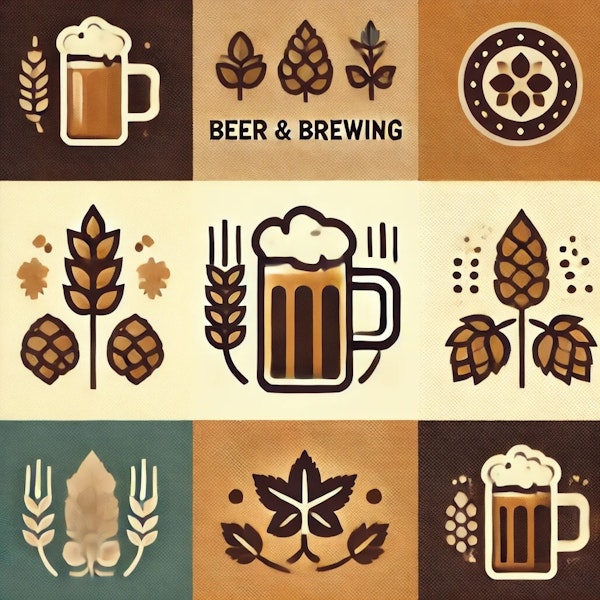
John Holl is the author of Drink Beer, Think Beer: Getting to the Bottom of Every Pint, and has worked for both Craft Beer & Brewing Magazine® and All About Beer Magazine.
An enzyme long used to help make big imperial stouts a little easier on the palate has found a new purpose in an emerging style of IPA. The Brut IPA is a dry—0° Plato—version of the style that was created just months ago and is now spreading like wildfire.
The most common interaction most of us have with ginger comes from a soda or as an ingredient in many Asian dishes. When it comes to beer you should let the assertive spice with the distinctive bite speak to your tastes during brewing and fermentation.
After spending just a little time with Sam Masotto and talking beer, it’s hard not to think of the Dr. Jeckyll and Mr. Hyde comparison. The Bethlehem, Pennsylvania-based brewer talks about his appreciation of the classics, but not being defined by styles.
It’s the beer that built this current movement—an American twist on an established style that pushed the boundary of hops. And almost forty years after its debut, Sierra Nevada Pale Ale remains both beloved and timeless.
It's all about perspective. What some people see as a hops cone, others see as an artichoke, or vice versa. Can the confusion lead to collaboration?
Patrick Rue, founder of The Bruery, is always trying to learn more and find new ways to bring new flavors to his beer. He sits down for a wide ranging conversation with John Holl about education, bottle societies, ownership, and much more.
We asked five brewers and industry pros from around the country to share recommended favorite pale ales.
In the 1950s Piels was the local lager identifiable thanks to Bert and Harry, two animated pals from radio-and-television campaigns. After being passed around from one large brewery to another, Piels is now back in family hands and looking at a second act
For his 6- (ahem 7-) pack, Tom Kehoe of Yards Brewing Company still finds inspiration from the beers that formed his early opinion of craft beer, but he also takes the time to explore new flavors and search for something that could become a new favorite.
In a proper pale ale, the focus is, correctly, on the hops. However, no matter whether that pale ale is British in origin, or American, or Belgian, or is from the new hazy school, the malt that goes into the recipe matters.